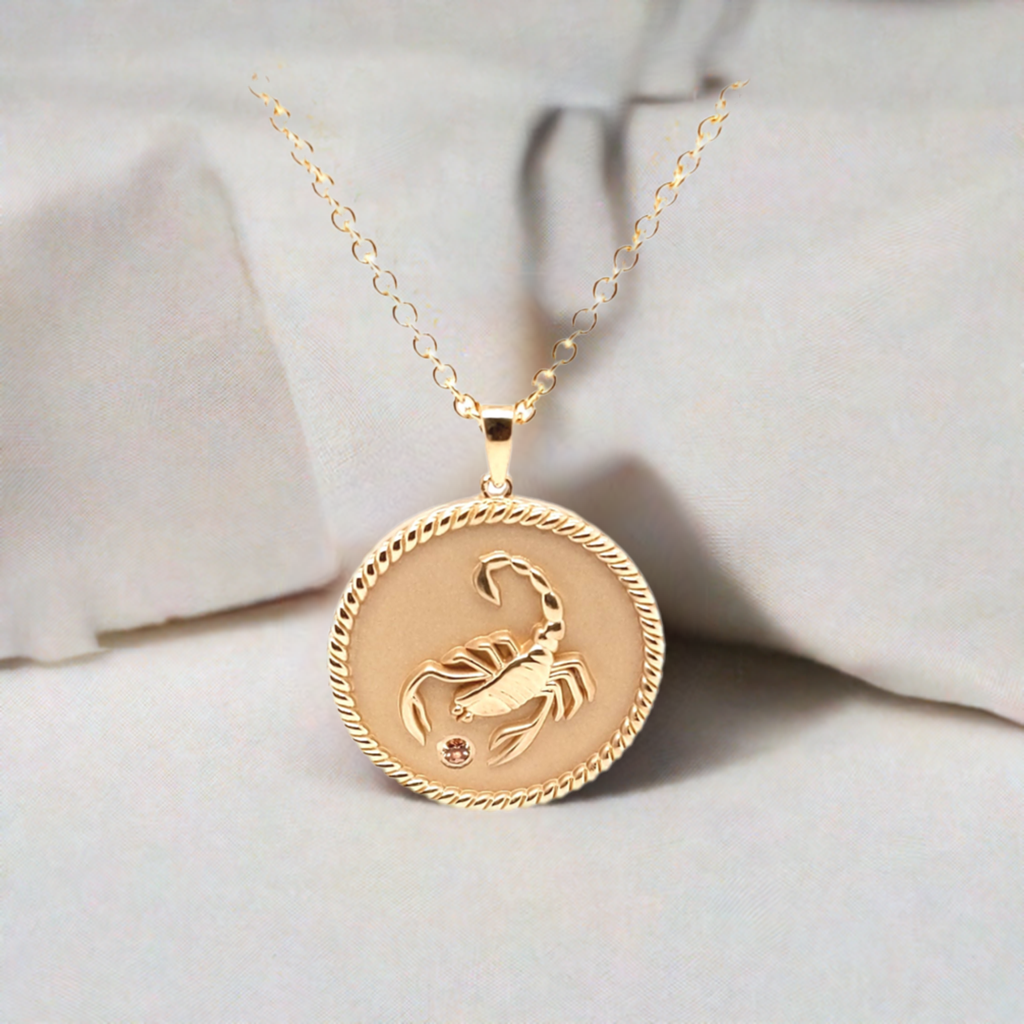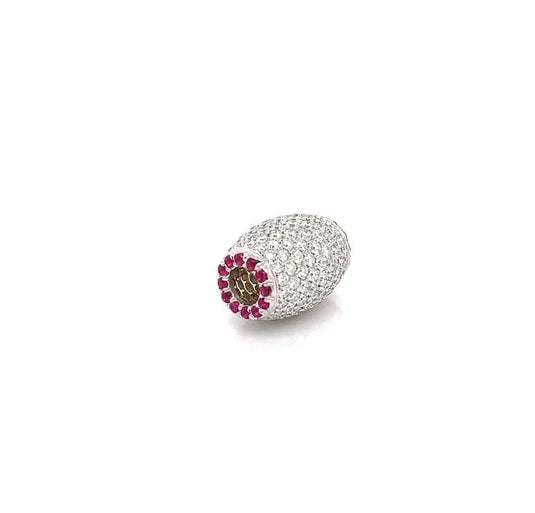Natural and laboratory-grown diamonds are once again a hot topic in the jewelry industry. Therefore, now more than ever, it is imperative to be able to explain to customers the distinctions between laboratory-grown and natural diamonds before shopping for any diamond Women's Fashion Jewellery Online.
As consumers become more knowledgeable about laboratory-grown diamonds and jewelers offer them as a buying choice, it is essential to stay informed on the right methods of disclosure. Both laboratory-grown and natural diamonds have captivated scientists and gemmologists. Laboratory-grown diamonds demonstrate human creativity and scientific advancement, while natural diamonds are a feat of nature, crafted into beauty by humans for centuries. Each type has something unique to offer! Hence, it is important for us to comprehend the dissimilarities between these two diamond types. So, read the blog and learn the differences between natural and lab-grown diamonds.
Astonishing Differences Between Natural and Lab-Grown Diamonds
Origin of the Diamonds
The major distinction between natural and lab-grown diamonds is their origin. Natural diamonds are formed deep within the Earth's mantle over a period of millions of years and through high temperatures and pressures. On the other hand, lab-grown diamonds are produced in a laboratory, utilizing advanced technology to replicate the same conditions that produce natural diamonds. As a whole, lab-grown diamonds are a great alternative to natural diamonds. Our Lauren Engagement Ring showcases the stunning beauty of a lab-grown diamond to give you a stunning piece of jewelry. All in all, lab-grown diamonds are an excellent choice and just as beautiful as natural diamonds.
Physical and Chemical Properties
The physical and chemical properties of lab-grown diamonds and natural diamonds are very similar, as both are composed of the same element - carbon. Over and above that, both diamonds have the same crystal structure.
Additionally, in terms of physical properties, lab-grown diamonds are very similar to natural diamonds. Both have the same hardness, density, toughness, and refractive index. However, lab-grown diamonds may be distinguished from natural diamonds by their color, which tends to be more uniform and consistent, as opposed to the range of colors that can be found in natural diamonds.
In terms of chemical properties, lab-grown diamonds may be distinguished from natural diamonds by their higher levels of nitrogen, which can give them a yellowish hue. Additionally, lab-grown diamonds may have a different level of fluorescence than natural diamonds.
Cost and Sustainability
Lab-grown diamonds are created in a lab setting and are generally less expensive than natural diamonds. And the reason behind this is the lower cost of production. On top of that, lab-grown diamonds typically cost between 20-30% less than natural diamonds. Additionally, since lab-grown diamonds are created in a controlled environment, they are considered a more sustainable and ethical choice than natural diamonds.
Natural diamonds are mined, and these mining practices can also be damaging to the environment, while lab-grown diamonds don't. In terms of price, lab-grown diamonds are still more expensive than man-made or synthetic diamonds, but they are typically cheaper than natural diamonds. Besides everything, there are no human rights concerns associated with the production of these lab-grown diamonds.
Values
The choice between natural and lab-grown diamonds comes down to personal preference and values. Natural diamonds are highly sought after for their rarity and the inherent value associated with them, as well as the sentimental value that comes with them when passed down through generations. Our Lab-grown diamonds, such as Illana double edge halo ring and Aviva solitaire ring, offer a more affordable and ethical alternative, as no miners are needed to extract them from the ground. Ultimately, the decision of whether to choose natural or lab-grown diamonds should be based on personal preference and values.
Key Takeaway!
All in all, natural and lab-grown diamonds have many differences, from how they are formed to the chemical composition and cost. A Natural diamond wedding ring and other natural diamond jewelry pieces are formed in the Earth's mantle and are composed of carbon atoms, while lab-grown diamond jewelry is usually composed of a combination of carbon and other elements, such as boron and nitrogen. Additionally, natural diamonds tend to be more expensive than lab-grown diamonds due to their rarity and lengthy formation process. Ultimately, the choice between natural and lab-grown diamonds is a personal one that can be made based on individual preference and budget.
Shop diamonds from Sam Gavriel, offering a wide selection of jewelry pieces, including an Emerald Cut Diamond Eternity Band, Alternative Engagement Ring, Diamond Necklace Pendant, Daisy Diamond Ring, and more. Choose from natural or lab-grown diamonds to find the perfect piece for you. Explore our collection and find the diamond jewelry you love.




